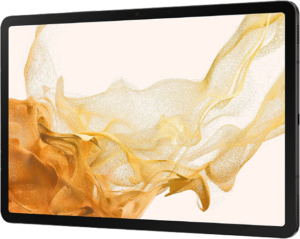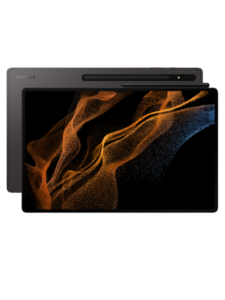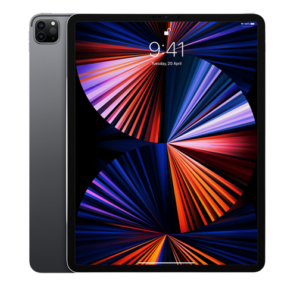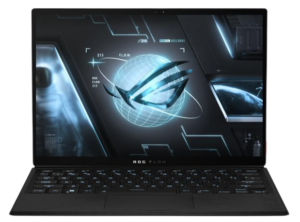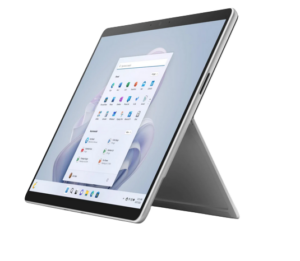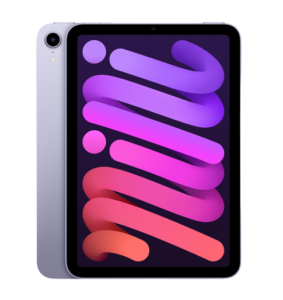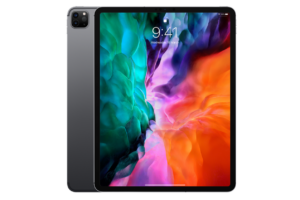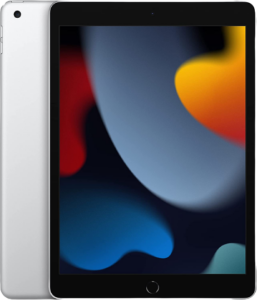Optus Mobile Review ALDI Mobile Review Amaysim Mobile Review Belong Mobile Review Circles.Life Review Vodafone Mobile Review Woolworths Mobile Review Felix Mobile Review Best iPhone Plans Best Family Mobile Plans Best Budget Smartphones Best Prepaid Plans Best SIM-Only Plans Best Plans For Kids And Teens Best Cheap Mobile Plans Telstra vs Optus Mobile Optus NBN Review Belong NBN Review Vodafone NBN Review Superloop NBN Review Aussie BB NBN Review iiNet NBN Review MyRepublic NBN Review TPG NBN Review Best NBN Satellite Plans Best NBN Alternatives Best NBN Providers Best Home Wireless Plans What is a Good NBN Speed? Test NBN Speed How to speed up your internet Optus vs Telstra Broadband ExpressVPN Review CyberGhost VPN Review NordVPN Review PureVPN Review Norton Secure VPN Review IPVanish VPN Review Windscribe VPN Review Hotspot Shield VPN Review Best cheap VPN services Best VPN for streaming Best VPNs for gaming What is a VPN? VPNs for ad-blocking If you’re in the market for a new tablet in 2023, we’ve put together a shortlist of the best options. For what it’s worth, we’d favor the 11-inch model unless you’re seriously looking at using it as a full-time laptop replacement. The smaller model still has all the same features, from 5G connectivity to Face ID, and it’s a little more versatile when it comes to working as both a content creation and consumption device. Updated in 2021, the new iPad Mini features a gorgeous 8.3-inch Liquid Retina display and comes powered by the same A15 Bionic processor found in the iPhone 13. It’s also got a significantly more modern design, incorporating a USB Type-C port rather than Apple’s own Lightning cable, support for the second generation Apple Pencil and 5G connectivity. Even if it’s not the absolute cheapest tablet, the new iPad Mini sets a new high bar for cheap tablets to aspire towards. Specs aside, the Microsoft Surface Pro 9 differs from the previous models by ditching the Mini DisplayPort in favour of a USB C port. Otherwise, the two detachable have mostly identical form factors and actually identical screens. Even if that screen is a little smaller than the average 2-in-1 laptop, the portability and price leave the Surface Pro 9 looking good. Thanks to a robust kickstand and a nifty spec bump, the latest addition to the Surface Pro line continues to set the bar for detachable 2-in-1 PC experiences. Those who want an Android tablet solely for content consumption can probably save a few hundred bucks by opting for the standard Galaxy Tab S8, but those who want an Android tablet capable of competing with the iPad Pro or a traditional laptop will likely find a lot of value in the big screen experience available here. If you’re in the lucky position where your workflow can fit inside the software limitations that come with either an Android-based tablet like the Samsung Galaxy Tab S8 Ultra or the iPad Pro, then the benefits to battery life and versatility are well worth considering. On the other hand, if you do still need to have access to apps that are only available on Windows, then something like the Microsoft Surface range is going to be the place to start. Beyond software, the next big thing that tablet buyers should consider is screen size. If you’re looking at any sort of multitasking, you’ll want the biggest tablet you can find. However, if you’re just looking to play some games, browse the web or read some eBooks then a lighter form-factor is the way to go. After software and screen, storage is the next thing to consider. One of the disadvantages that tablets have versus traditional laptops is that they can’t be upgraded later down the line. Unless the tablet in question has a MicroSD slot or you’re relying on cloud storage, what you start with is all you’ll get. So choose carefully. Last but not least, tablet buyers should definitely do their research when it comes to accessories. The cost of kitting out your new tablet with a keyboard or stylus can vary wildly depending on the brand, not only when it comes to cost but also quality and overall functionality. While Apple’s iPadOS-based tablets do support mobile connectivity, they typically only support cellular connectivity when it comes to data. In contrast, some Android-based tablets like the Samsung Galaxy Tab S8 do support calls and texts.
